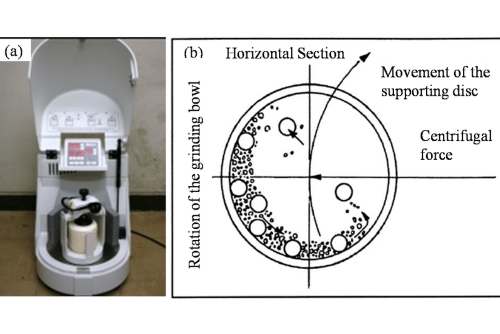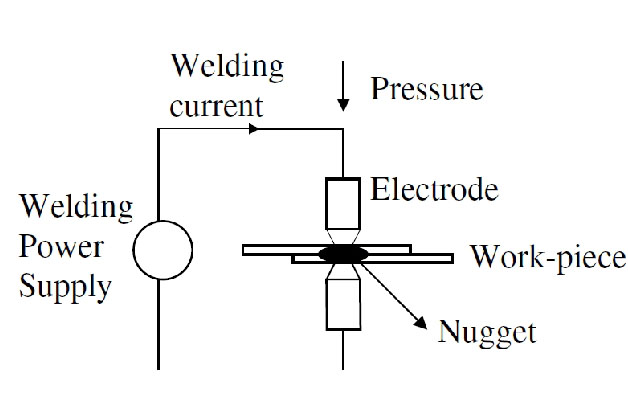What Are Biomedical Metals?
Biomedical metallic materials are metals or alloys used for the diagnosis, treatment, repair or replacement of diseased tissue in an organism to improve or restore function. They are used in the repair and replacement of hard tissues such as bone and teeth, in the repair of cardiovascular and soft tissues, and in the manufacture of artificial organs.
Owing to increased demand in the global pharmaceutical market, biomedical metallic materials are used extensively. They are metals or alloys that show high mechanical strength and fatigue resistance. They are the most frequently utilised load-bearing implant materials. They must function in the human environment for extended periods. Consequently, they require good mechanical and physical properties, excellent corrosion resistance, biocompatibility and reliable processing and forming characteristics.

Tantal
Pure Tantal is a high-melting metal with a cubic crystal structure. It shows strong chemical activity and is covered by a passivated layer under physiological conditions. The stability of the film’s chemical properties renders Tantal resistant to physiological corrosion and biocompatible. Tantal may be implanted into bone to form a unit with the surrounding new bone. Muscles and other tissues in adjacent soft tissue can attach to the Tantal rod and grow normally without additional stimulation or toxic effects. Tantal is used in the manufacture of bone plates, bone screws, implant roots and surgical suture materials. Tantal meshes are used for the repair of muscle defects, while Tantal wire and Tantal foil are used for suturing and repairing damaged nerves, tendons and blood vessels. The surface electronegativity of metallic Tantal gives it antithrombotic properties. Consequently, it is used in endovascular stents and artificial hearts. Tantal is also employed in implantable electronic devices, and its isotopes can be used in radiotherapy.
Niob
Pure Niobium is a high-melting metal with a melting point of 2 467 ℃ and a body-centred cubic structure. It has recorded chemical stability, corrosion resistance, suitable processing characteristics and biocompatibility with biological tissue. Its applications match those of medical Tantal, for example in the manufacture of bone nails. However, its use in medicine is limited by its source and economic factors.
Zirkonium
Zirconium has a melting point of 1 952 ℃. At room temperature, pure Zirconium possesses a dense cubic structure. It transforms into a body-centred cubic structure at 862 ℃. Its chemical properties are similar to those of Titanium. At elevated temperatures, it reacts with oxygen, hydrogen and other gases to form a passivated film. Zirconium shows corrosion resistance, processability and biocompatibility. It can be processed into Zirconium plates, Zirconium belts and Zirconium wires. In clinical practice, medical-grade high-purity Zirconium can be used together with medical-grade pure Titanium. However, its clinical use is limited by its high cost.

 Bars
Bars
 Beads & Spheres
Beads & Spheres
 Bolts & Nuts
Bolts & Nuts
 Crucibles
Crucibles
 Discs
Discs
 Fibers & Fabrics
Fibers & Fabrics
 Films
Films
 Flake
Flake
 Foams
Foams
 Foil
Foil
 Granules
Granules
 Honeycombs
Honeycombs
 Ink
Ink
 Laminate
Laminate
 Lumps
Lumps
 Meshes
Meshes
 Metallised Film
Metallised Film
 Plate
Plate
 Powders
Powders
 Rod
Rod
 Sheets
Sheets
 Single Crystals
Single Crystals
 Sputtering Target
Sputtering Target
 Tubes
Tubes
 Washer
Washer
 Wires
Wires
 Converters & Calculators
Converters & Calculators
 Write for Us
Write for Us
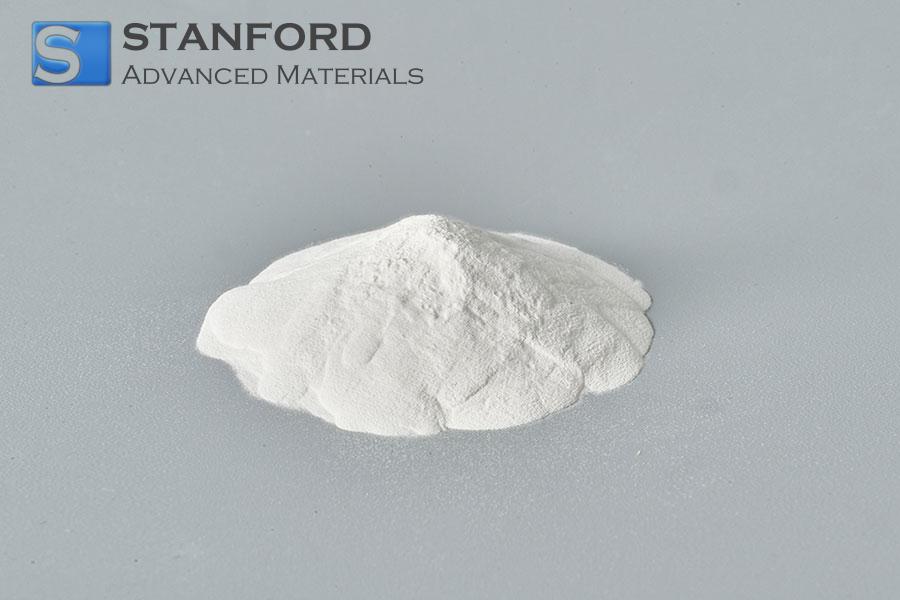
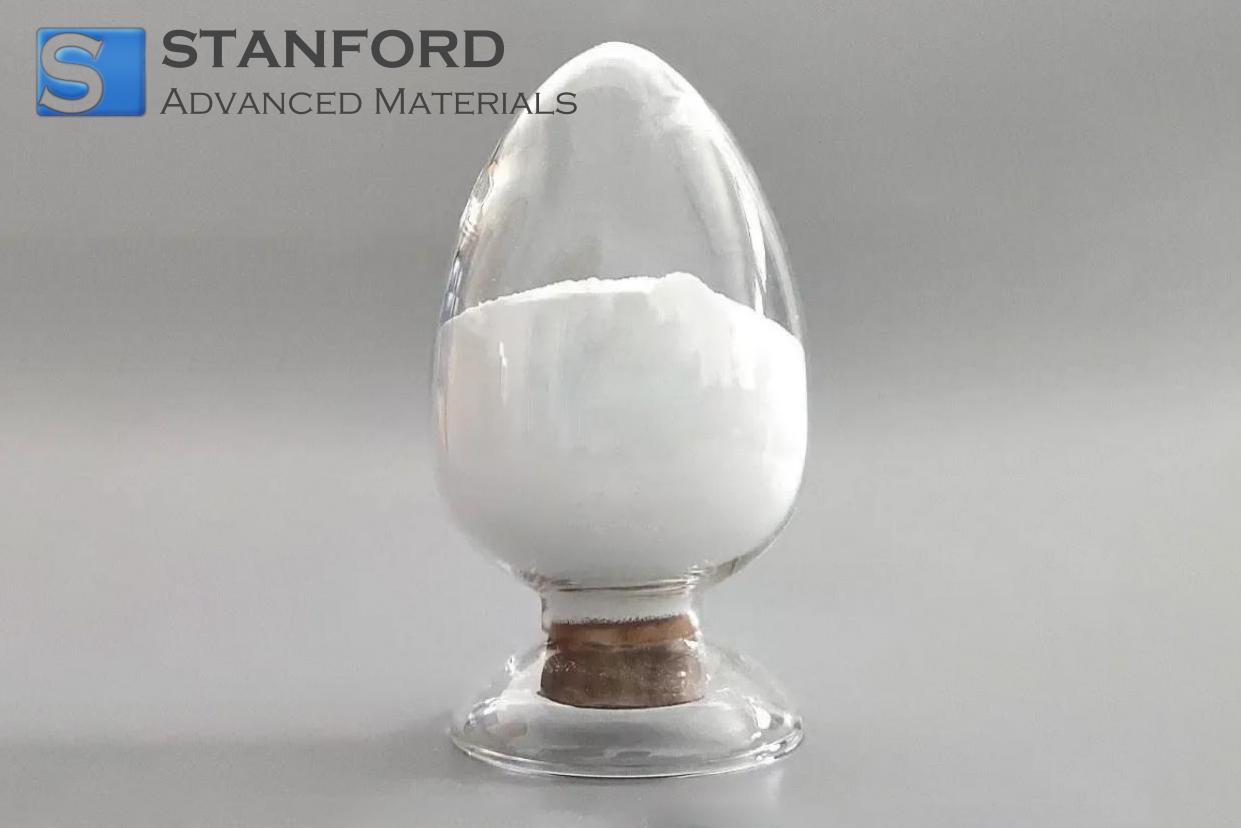
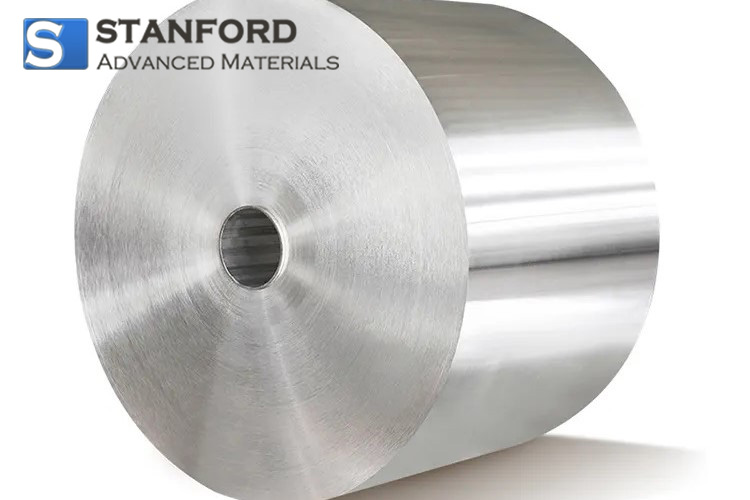
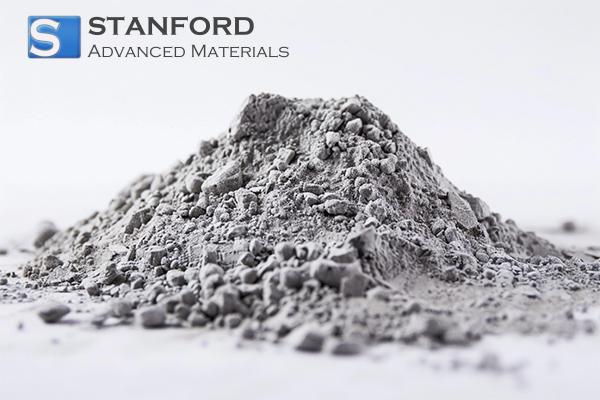
 Chin Trento
Chin Trento


